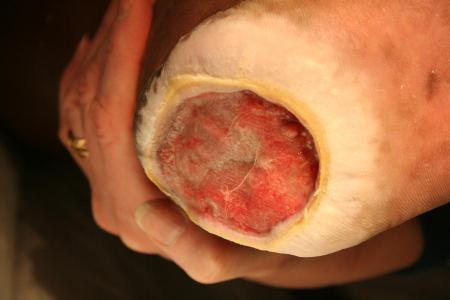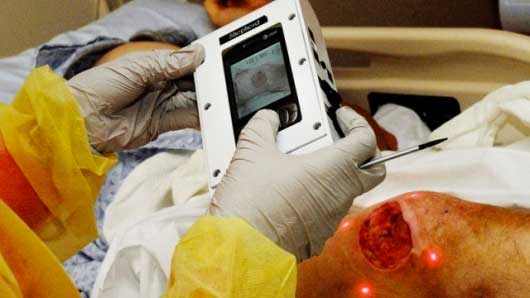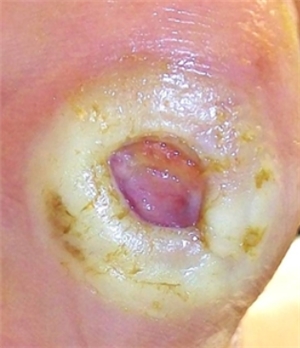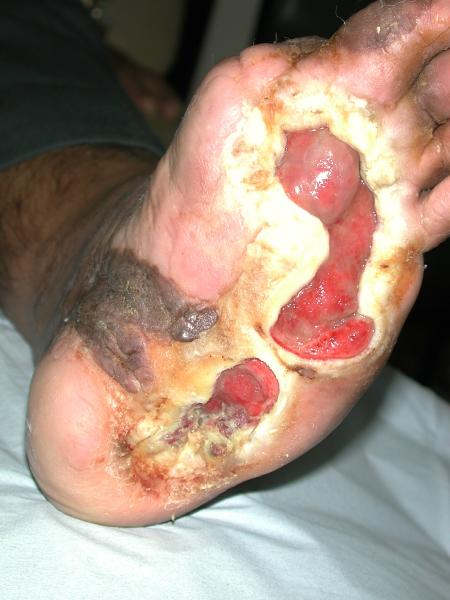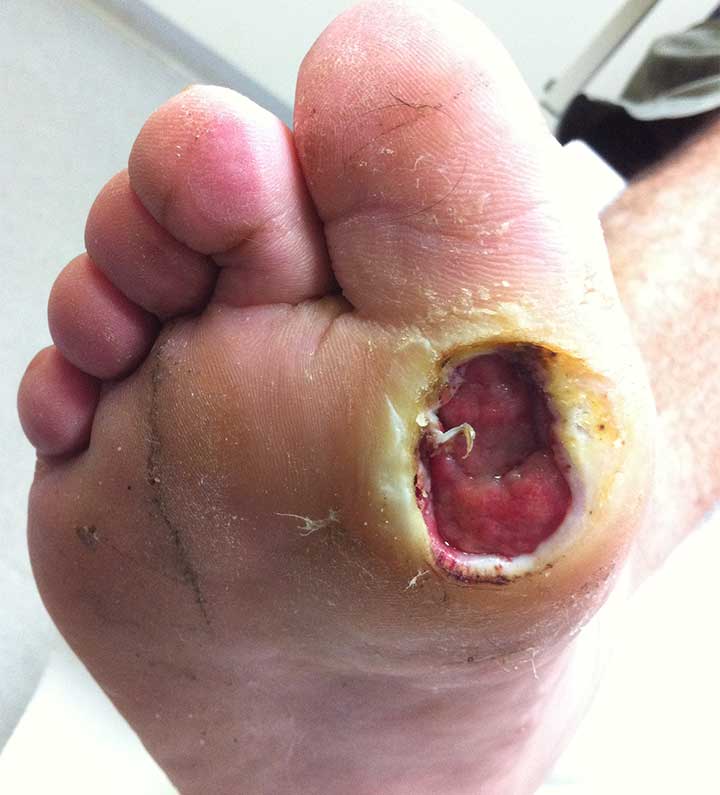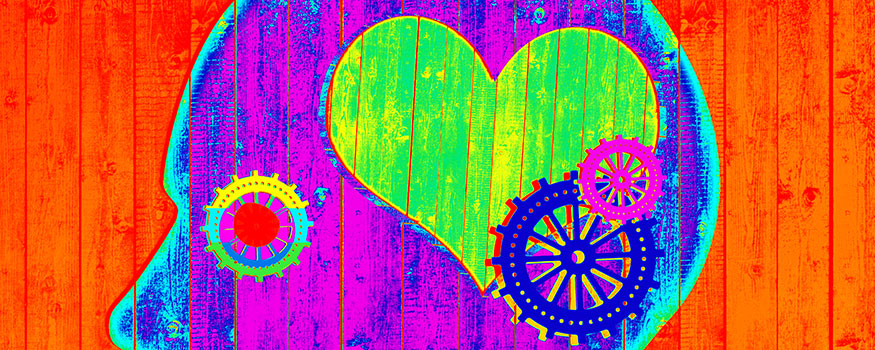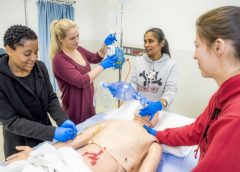
Note from Executive Director
By Cindy Broadus, RN, BSHA, LNHA, CLNC, CLNI, CHCRM, WCC, DWC, OMS
As I write this, I am still feeling the energy from the 11th annual Wild on Wounds Conference. What a great group of wound care clinicians. With close to 1,000 attendees, the conference was fun, friendly, and jam-packed with sessions for all levels of clinicians, from beginners to advanced. Many of the attendees shared their frustrations in choosing one session over another with comments such as, “It was so difficult because of all of the great educational offerings.”
Once again, the National Alliance of Wound Care and Ostomy (NAWCO) had an answer table set up in the registration area. We enjoyed the many inquiries we received, and it was nice to put faces with names.
Each year, NAWCO gives four awards to deserving clinicians who put their hearts and souls into their work. We have so many talented and committed certified wound care clinicians that it seemed only fitting to recognize these talented people and give them the opportunity to shine. These individuals are nominated by their colleagues, coworkers, peers, and subordinates, and we had an abundance of nominations. While we would have loved to recognize all of the nominees, the committee could choose only four.
During the closing session, appropriately titled “Pay it Forward,” NAWCO recognized these four exceptionally talented, committed, hard-working clinicians for their achievements in their work with wound care patients. I wanted to share some of the impressive comments made about the award winners.
Outstanding Work in Diabetic Wounds:
Anna Ruelle, DPM, WCC
• “Voted ‘top doctor’ 11+ years in a row by peers”
• “Greatly reduced the incidence of below-the-knee amputations and loss of limb”
• “Never lets the sun set on a diabetic ulcer or wound when a patient calls.”
Outstanding Research in Wound Care:
Michael Katzman, RN, BSN, ONC, WCC
• “Known for his expertise in wound care and for being very approachable, professional, and a mentor to others”
• “Works collaboratively with other hospital skin champions to develop a protocol to prevent and treat skin tears through evidence-based research”
• “Offers regular in-services while collaborating with others to continuously improve outcomes.”
Outstanding WCC of the Year:
Chelsey Hawthorne, RN-BC, BSN, WCC
• “Serves as one of the certified nurses in a long-term care facility, and is a resource for the medical-surgical and other skilled units”
• “Works with the Magnet® Program supervisor to assist in getting more nurses certified through NAWCO”
• “Collaborates with the health system’s wound care clinic to ensure proper delivery of care to the residents.”
2014 Scholarship sponsored by Joerns® RecoverCare:
Craig Johnson, RN, BSN
• “Serves as staff nurse at a busy skilled nursing facility with a diverse and complex veteran population”
• “Demonstrates an overwhelming and sincere interest in wound care”
• “Designed and developed a mobile Wound Cart, which is used as a tool in the unit’s Wound Rounds Process.”
NAWCO is proud and honored to recognize the achievements of such a dedicated group of wound care clinicians. All of us at NAWCO congratulate the 2014 award winners.
Disclaimer: The views expressed in this article are those of the author and do not necessarily represent the views of, and should not be attributed to, Wound Care Advisor. All clinical recommendations are intended to assist with determining the appropriate wound therapy for the patient. Responsibility for final decisions and actions related to care of specific patients shall remain the obligation of the institution, its staff, and the patients’ attending physicians. Nothing in this information shall be deemed to constitute the providing of medical care or the diagnosis of any medical condition. Individuals should contact their healthcare providers for medical-related information.
Read More

